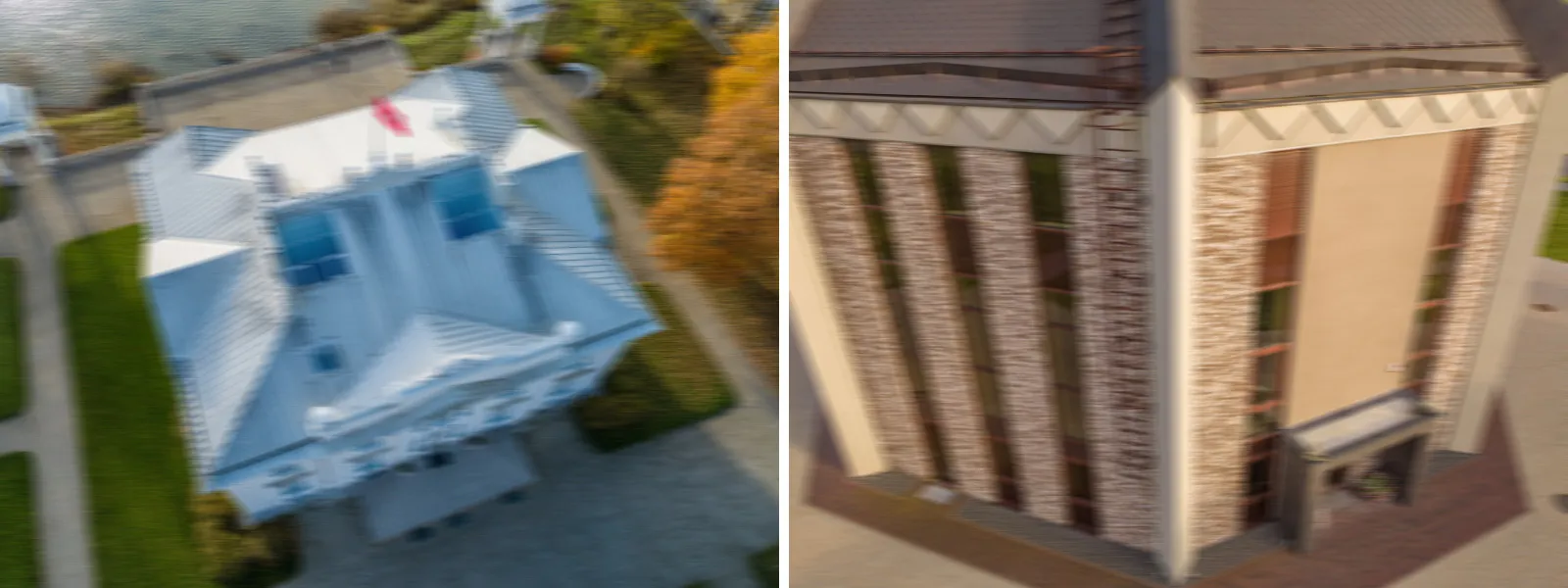10 Things I Learned from Doing Photogrammetry Every Week
 Lukas
Zmejevskis
Lukas
Zmejevskis
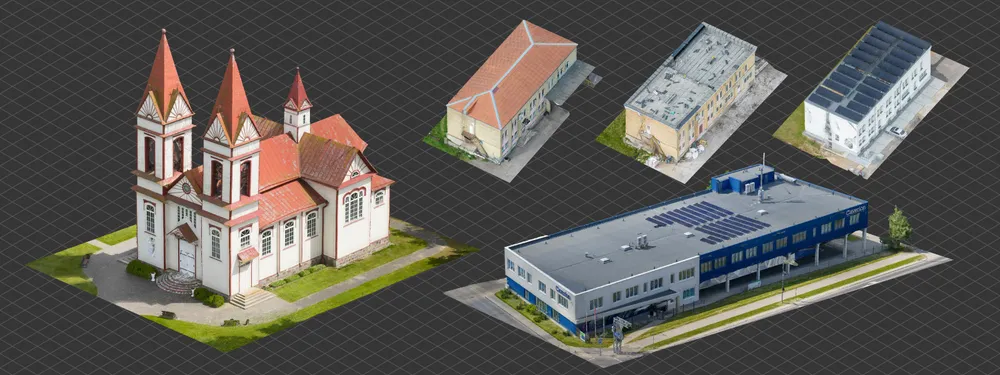
I have been doing photogrammetry almost every week for a while now — sometimes planned, sometimes completely improvised. Buildings, roofs, towers, terrain, interiors — whatever the job calls for. This post is not a tutorial. It is just a list of things I have learned over the past few years. Small observations that stuck with me after dozens of flights, test runs, broken models, and moments where I had to redo a job because I overlooked something obvious.
Some of these points are technical, some are about workflow, and some are just habits I developed after messing things up a few times too many. If you are starting out, maybe this will save you a few headaches. If you are already deep into photogrammetry, you may nod in agreement — or disagree completely.
1. Overlap and coverage solve most problems
If you ever wonder why something did not align, it is usually the overlap. Not enough between photos, inconsistent angles, or poor coverage of a tricky surface. No AI magic or expensive software will fix insufficient overlap. I would rather overshoot than spend hours troubleshooting a model later.
Remember, however, that photos taken in the same exact location do not contribute to better overlap or count as additional data. Redundancy is not the goal. What matters is viewpoint variation and enough side-to-side movement to create meaningful parallax.
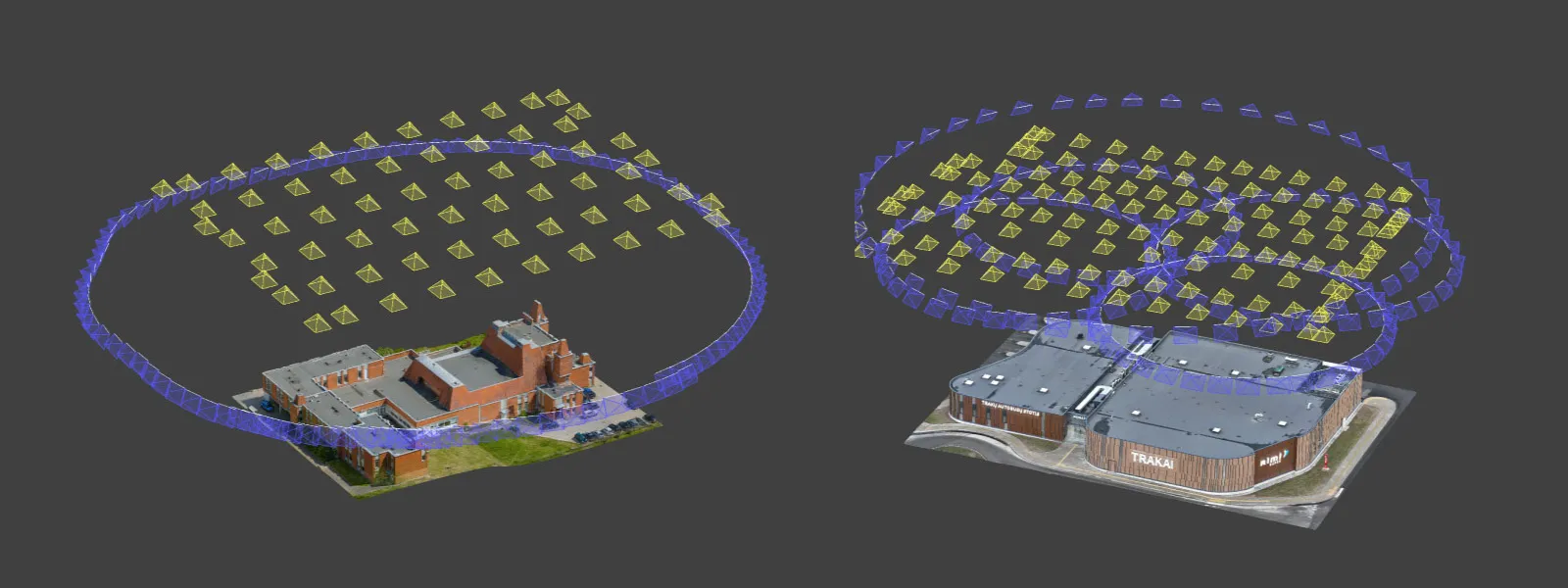 2. Lighting beats megapixels every time
2. Lighting beats megapixels every time
You can have a high-resolution camera and perfect geometry, but if your scan has harsh sun, deep shadows, or exposure problems, it will break. A smaller resolution photo in soft light will always beat a blown-out roof shot at 100 MP.
Bright sun introduces hard shadows and glare, especially on rooftops and reflective surfaces. A slightly lower-quality sensor in nice, even lighting is often more helpful than a flagship drone flying under bad conditions. I plan around light more than anything else — sometimes more than airspace or battery.
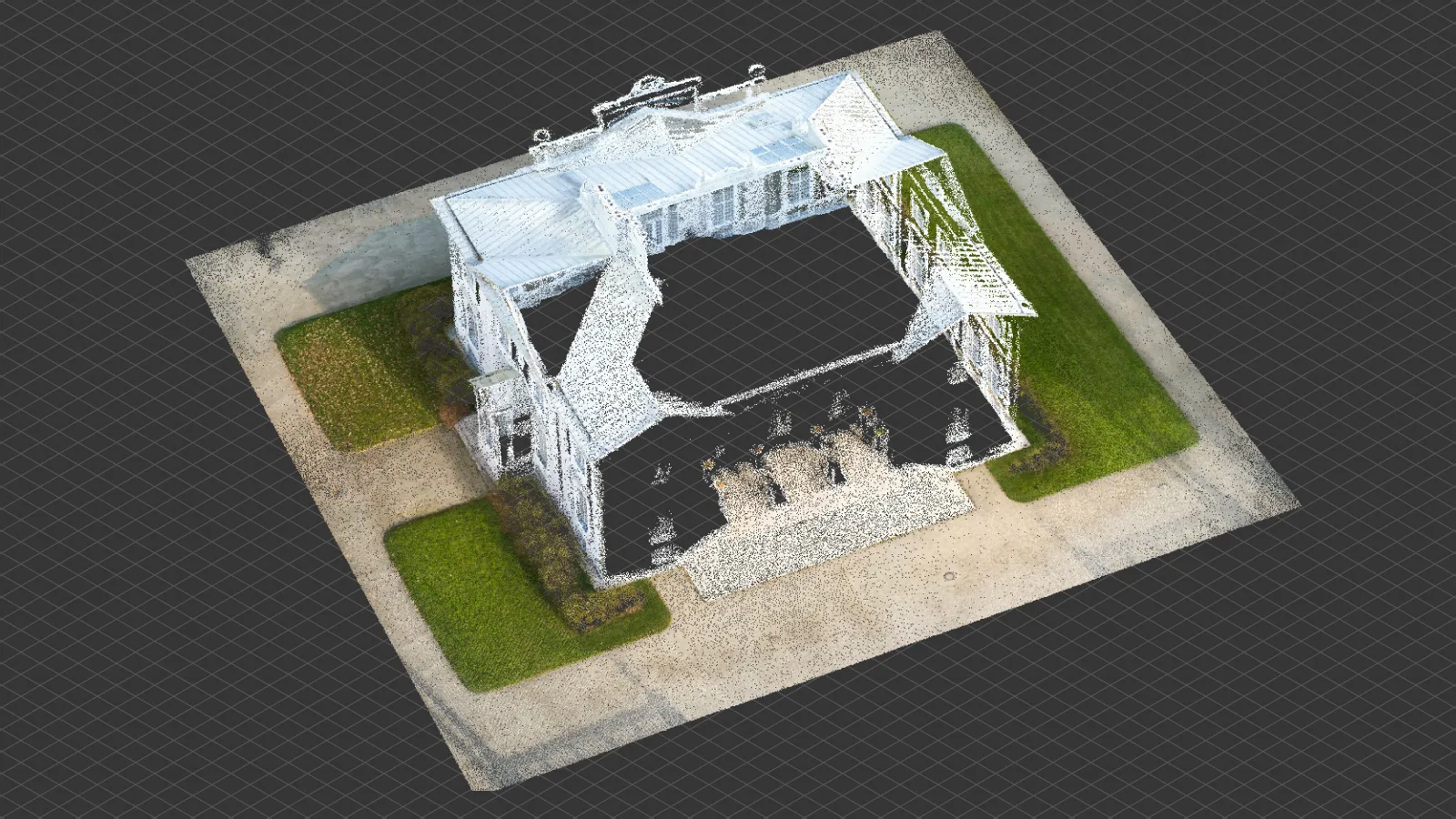 3. Too many photos are better than not enough
3. Too many photos are better than not enough
Most of my cleanest models were made from 500+ photos. Some people panic about file size or processing time, but trimming 50 photos is nothing compared to reshooting a site because you were too conservative. Shoot now, filter later.
Extra images give more angles, more texture data, and often help recover difficult surfaces like overhangs, window frames, or repeating textures. You can always delete photos later — but sometimes you cannot return and take them once you leave the site.
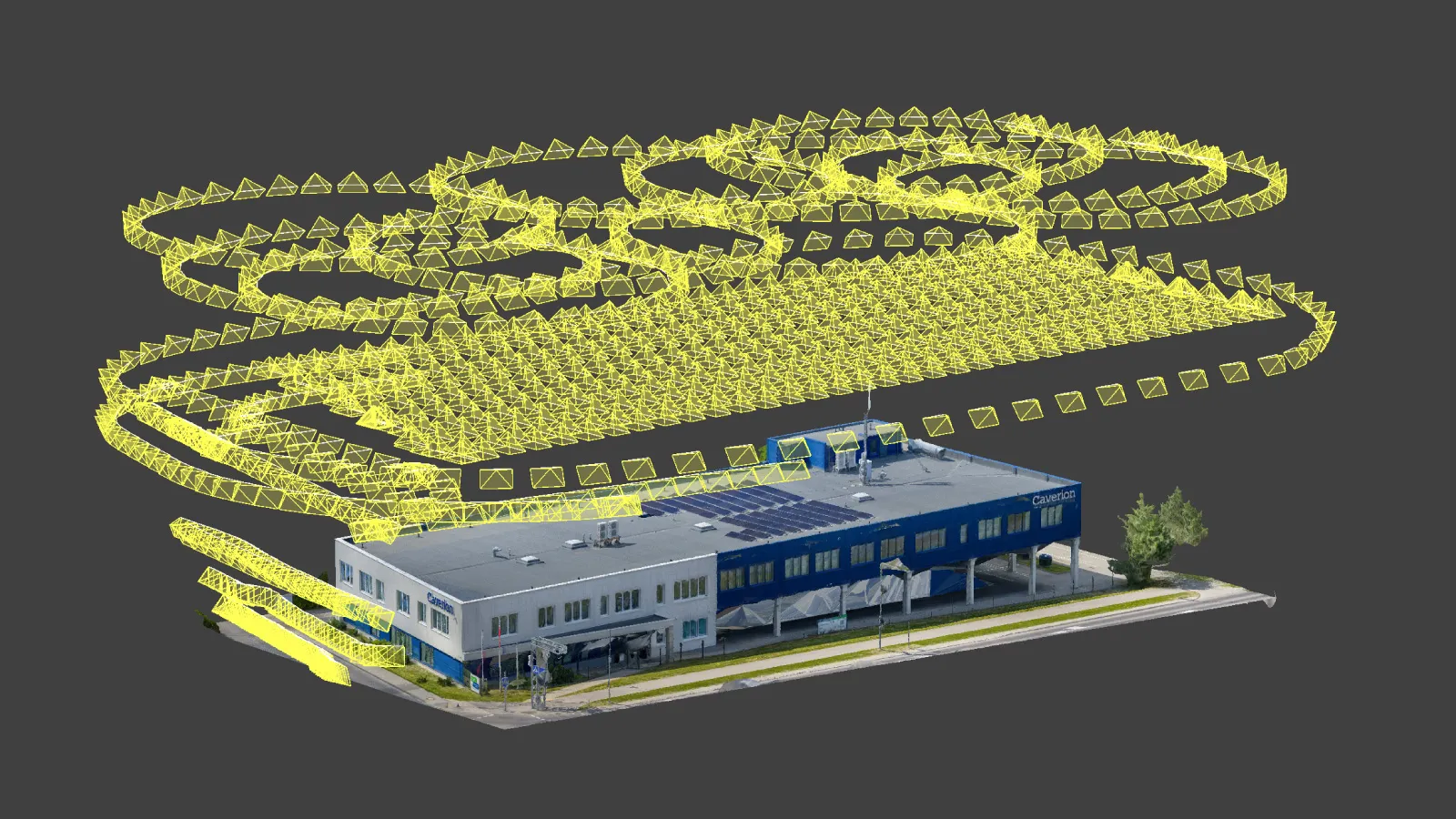 4. Motion blur is the worst enemy of image quality
4. Motion blur is the worst enemy of image quality
Motion blur is the one thing we cannot touch in post.
If the shutter speed is too slow, the image is useless. It does not matter if it is RAW, high-res, or perfectly exposed — blur kills reconstruction accuracy and texture sharpness. Always monitor shutter speed when shooting manually, especially in lower light or when doing walk captures. If unsure, increase ISO. It is better to have a noisy photo than a blurry one.
This can be said about every job, but it must be said here.
Even if you know exactly what you are doing, taking your time during the scan makes a difference. Rushing leads to uneven coverage, missed shots, accidental duplicates, and exposure mistakes. Ten extra minutes on-site can save hours of fixing a broken model — or worse, returning another day. Good scans take as long as they take.
6. Gear matters, but only with a purpose
A bigger, better drone does not automatically mean better results. Every piece of gear should serve a specific requirement. Need RTK precision? That requires a particular drone. Need to fly under 250g? Different setup. Want to carry your drone in a backpack and shoot walls on foot? Pick something small and versatile.
Do not chase specs for the sake of specs. Know what you need and pick the tool that fits. I have had great results from basic drones simply because they were flown well.
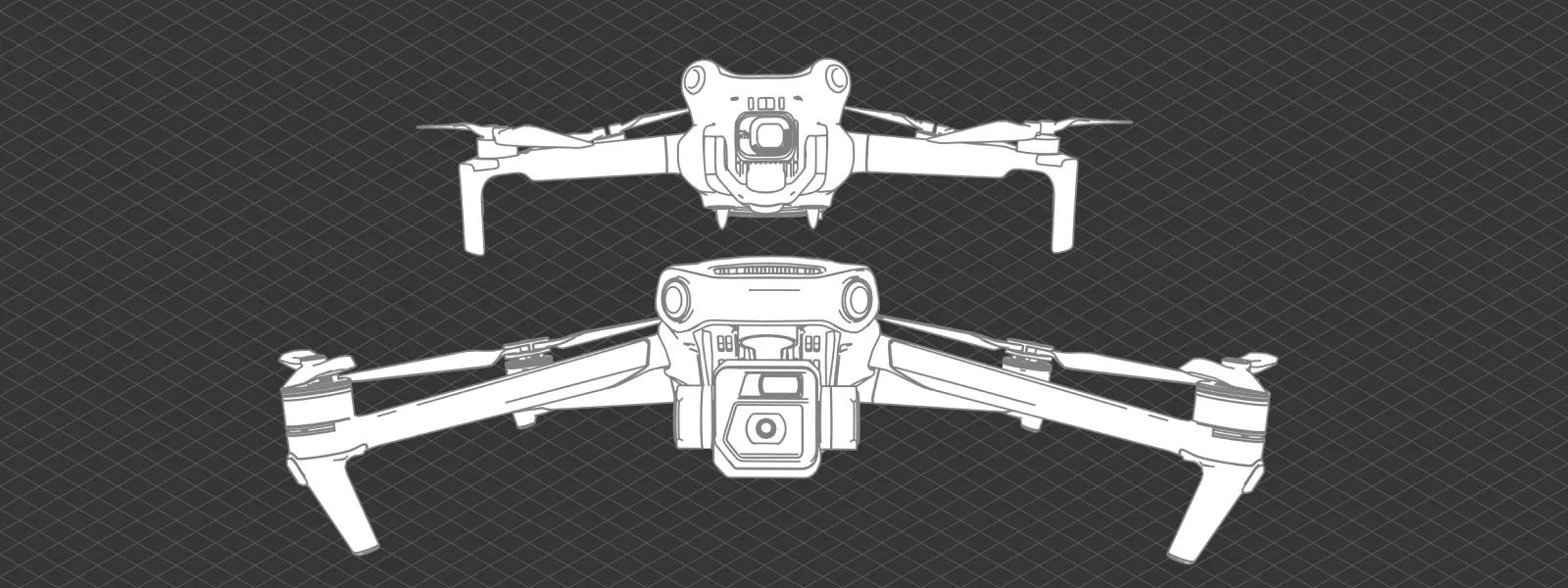 7. You will need to go back sometime
7. You will need to go back sometime
For some scans, you will not get results on the first try.
Sometimes, things do not work out, whether due to lighting, wind, unexpected objects in the way, or a setting you forgot. Accept that this is part of the process. Go back, fix the weak spots, and finish the job. The model will thank you later.
I keep notes after each scan, even if successful, just in case I need to redo or extend the model.
8. Sometimes it is that easy
I mean this in a good way — photogrammetry can surprise people.
Clients or observers often expect it to be more complex than it is. The idea that you can fly a drone, press a button, and have a complete 3D model later still blows some minds. Yes, it takes skill and planning, but even quick scans look impressive once you have a workflow. Some buildings or scenes just reconstruct beautifully — even with minimal effort.
Not Spooky - Photogrammetry is Easy
Smartphone Photogrammetry for Stockpile Scanning
9. Plan for your plan to not work
No matter how well you prepare, something unexpected will happen. Wind, app crashes, GPS drift, construction work, trees you did not see on Google Maps — it is always something.
Have backup flight ideas. Be ready to fly manually. Make decisions on the spot if needed. The faster you adapt, the better your results. Planning is essential, but flexibility saves the day. To be flexible we "just" need experience.
10. Have fun
Yes, for some people, photogrammetry is a job, but as the saying goes, get a job you like, and you will not work a day in your life. Or something like that.
There is a reason I still enjoy doing this every week. It combines technical challenge, visual creativity, fieldwork, and problem-solving into one process. It feels productive and satisfying — especially when you nail a scan and the model works on the first try. Do it well, but do not forget to enjoy it.
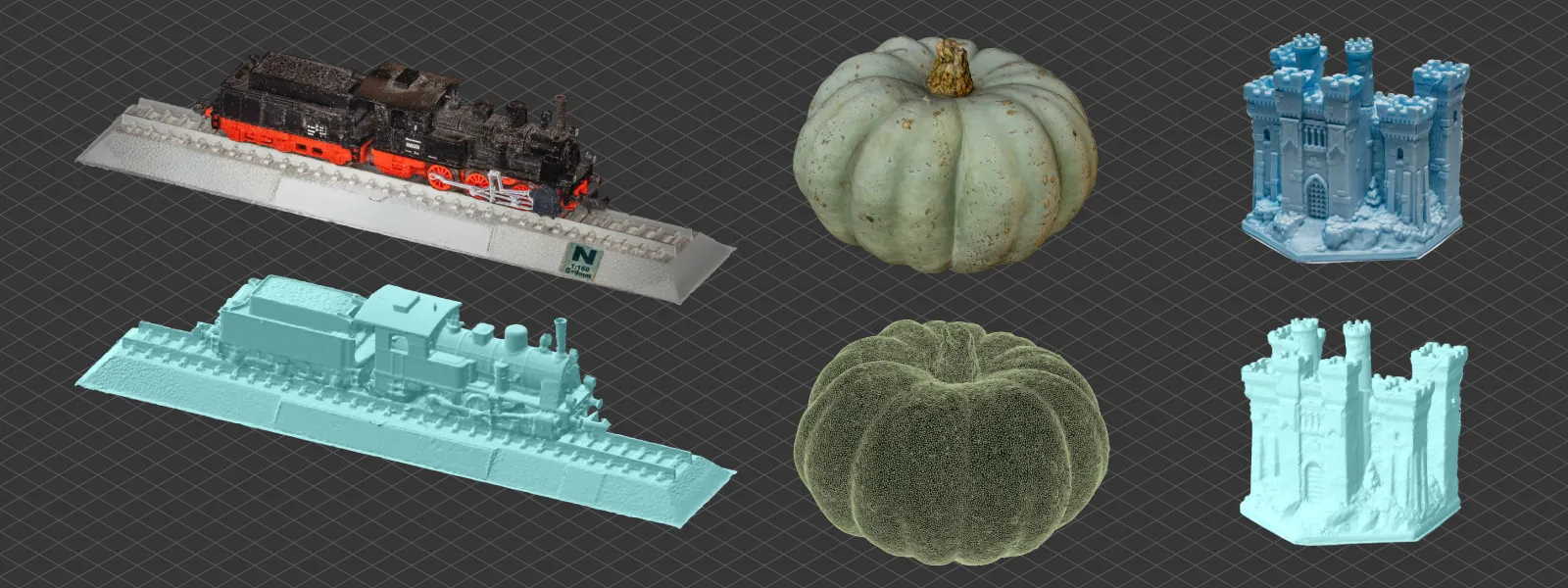 Conclusion
Conclusion
You can only learn photogrammetry by doing it. Every scan teaches you something — even if it is just what not to do again. These ten things are not complex rules, just patterns I noticed after doing this repeatedly.
Some of these lessons might shift in the future as tools change and my workflow evolves, but for now, this is how I work. If you scan regularly, your version of this list will eventually write itself.
Try things. Fix mistakes. Get better. That is the whole point.

Photographer - Drone Pilot - Photogrammetrist. Years of experience in gathering data for photogrammetry projects, client support and consultations, software testing, and working with development and marketing teams. Feel free to contact me via Pixpro Discord or email (l.zmejevskis@pix-pro.com) if you have any questions about our blog.
Related Blog Posts
Our Related Posts
All of our tools and technologies are designed, modified and updated keeping your needs in mind
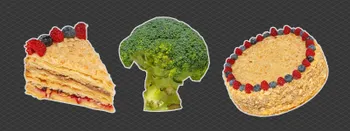
The Cake is 3D – Food Photogrammetry Guide
Scanning foodstuffs can be fun and sometimes even useful. 3D asset creation for VFX, VR, and gaming industries is the most obvious use case, while showing off your homemade cake to your friends and family in 3D is more of a niche proposal.
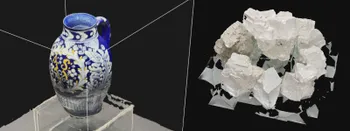
Travel Photogrammetry - More Fun than 2D Photos
Sometimes a 2D photo does not do justice to a moment or a place, and you wish you had something more… dimensional. Something that captures shape, texture, and the little details that flat images tend to flatten even more.
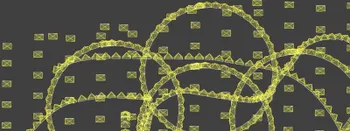
How Many Photos Are Enough for Photogrammetry?
The photo amount is an essential metric in photogrammetry. Pixpro Photogrammetry Software, for example, bases its subscription tiers mainly on this metric. More data to crunch means more resource consumption and generally more demanding projects.
Ready to get started with your project?
You can choose from our three different plans or ask for a custom solution where you can process as many photos as you like!
Free 14-day trial. Cancel any time.
.svg@webp)
